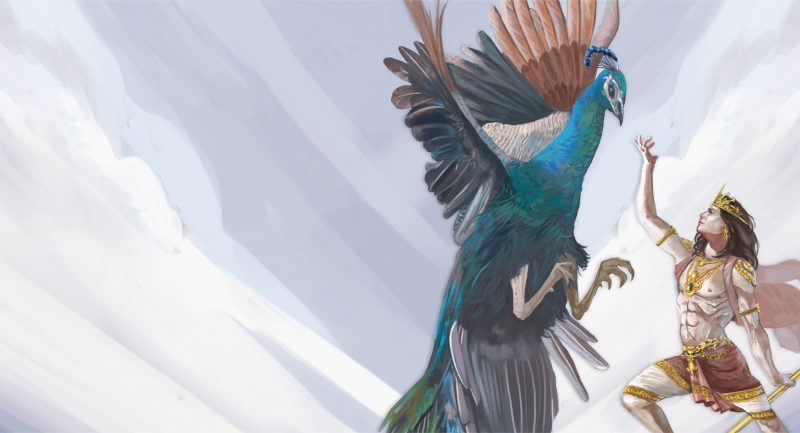
India’s association with football goes way back to the colonial times. Only a few may know that India was once called the ‘Brazil of Asia’ or that the rivalry between East Bengal and Mohun Bagan is included among the top fifty rivalries in club football around the world.
Renowned journalist, Novy Kapadia’s Barefoot to Boots reveals the glorious legacy of football in India. The book also offers valuable insight into the future of the sport in the country.
Here’s an exclusive excerpt from the book.
In 1910, the legendary Indian pehalwan, or wrestler, known as the ‘Great Gama’ was declared world champion (Rustom-e-Zamana) in freestyle wrestling. In front of a capacity crowd at the Shepherd’s Bush Stadium in London on 10 September, Gama dominated the bout of over two hours against reigning champion Stanislaus Zbyszko of Poland. The gigantic Zbyszko was on his feet only thrice in the entire bout. A return bout was scheduled a week later, and it was a walkover for Gama, who who were declared champions. The British celebrated Gama’s victory as the triumph of a British subject over an uppity European wrestler. Little did they know that their own supremacy would soon be challenged.
In 1911, Kolkata’s oldest Indian football club, Mohun Bagan, were invited to play in the prestigious IFA Shield. Coached by the disciplinarian Sailen Basu, the barefooted players had a great run in the tournament. They triumphed over St Xavier’s Institute 3-0 and Rangers FC 2-1 in the first and second rounds, defeated Rifle Brigade 1-0 in the quarter-final, and Middlesex Regiment 4-1 in the semi-final. They reached the final in top form.
The craze for the final was such that Mohun Bagan fans travelled to Kolkata from the outlying districts and from neighbouring Assam and Bihar. The East Indian Railway ran a special train for the purpose. Additional steamer services were also introduced to ferry spectators from rural areas to the ground. Tickets originally priced at Rs 1 and 2 were sold in the black market for Rs 15. Refreshment vendors too made good use of the opportunity. The total number of spectators in the final was estimated at 80,000–1,00,000. This was truly remarkable, as the population of Kolkata and its suburbs was then a little over 10 lakh.
The crowds were at fever pitch. Two sides of the ground were kept open for assembled spectators. Touts provided wooden boxes to help them get a view of the match and charged money per box, depending on its proximity to the playing area. There was no space even on treetops. The members’ seats were fully occupied and the enclosed side of the ground had been booked by B.H. Smith & Company for British fans. As many Bagan supporters did not have a good view of the match, volunteers devised an ingenious method to keep them informed of the progress of the game—they flew kites with the club’s colours and the score written on them. The final was goalless at half-time. Sergeant Jackson scored with about fifteen minutes left in the match. Mohun Bagan equalized immediately afterwards through skipper Shibdas
Bhaduri. The equalizer led to an explosion of kites in the sky, all coloured maroon and green. The burly centre-forward Abhilash Ghosh scored the winning goal. On 29 July 1911, Mohun Bagan made history by defeating a British regimental team East Yorkshire Regiment of Faizabad 2-1, and becoming the first Indian team to lift the coveted IFA Shield.
The victory established Kolkata as the nerve centre of football in India and heralded the city’s long-lasting love affair with football. It also had massive political and social implications. Coupled with Gama’s victory, Bagan’s win had exploded the myth that the British or Europeans were a superior race, something that the Congress Party and proponents of Swadeshi had been unable to do. The victory was seen as a symbol of hope for a subjugated nation.
It challenged the notion of Bengalis as an effeminate race and reconstructed a more masculine and sprightly image of them. Bagan’s historic win was chronicled in newspapers outside Kolkata (the Times of India, Mumbai, and the Pioneer, Lucknow) and internationally as well. It found mention in British newspapers—the Times, Daily Mail and the Manchester Guardian. The news agency Reuters reported it too.
The entire Mohun Bagan team played barefooted, which has led to the myth that boots cramped their style of play and playing barefoot improved ball control and dribbling skills. However, economic conditions are a more plausible reason for this. At the turn of the twentieth century, hand-sewn football boots cost Rs 7 and 4 annas, a lot of money in those days.










